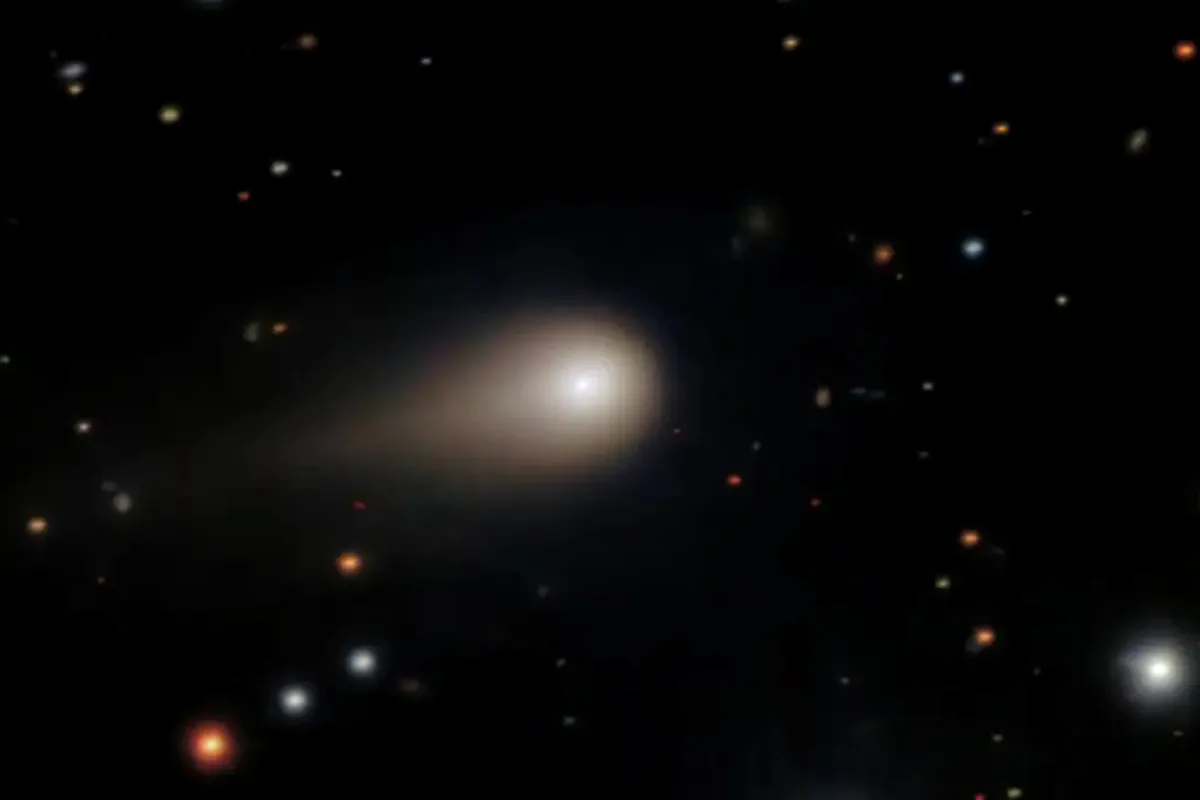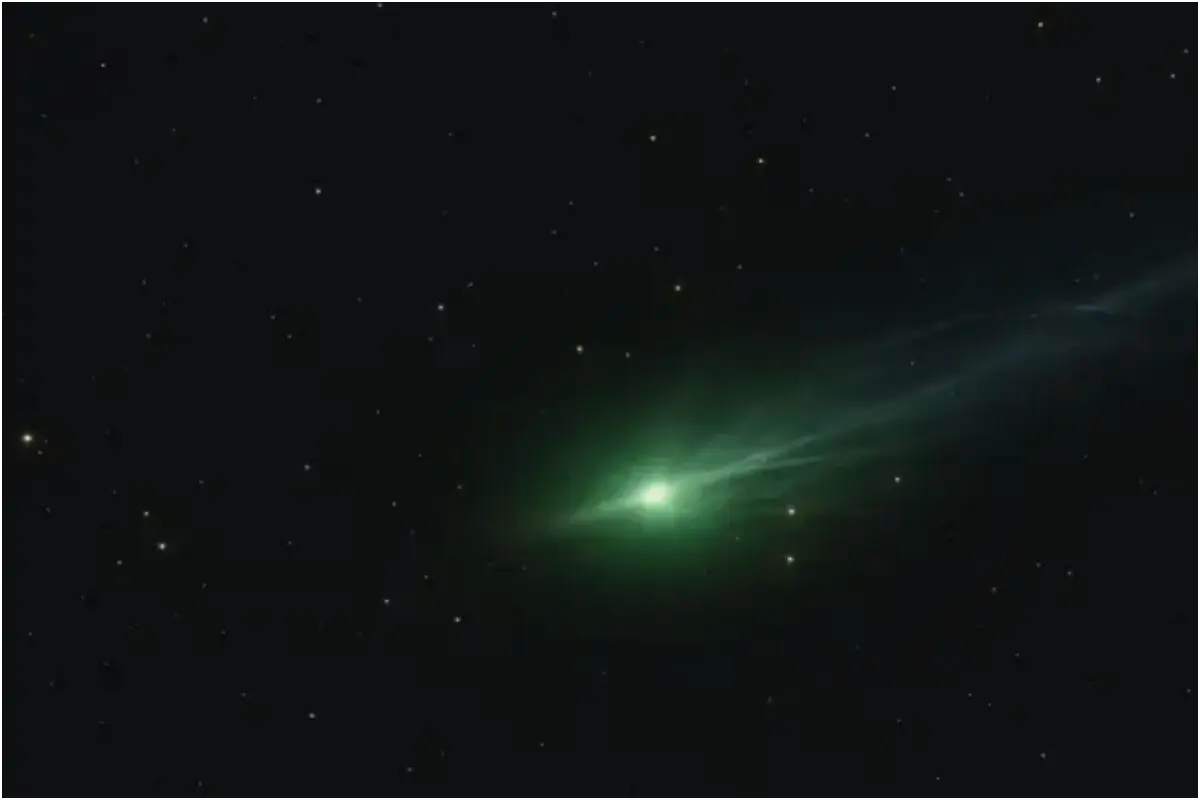3I/Atlas returns: Interstellar comet visible again without its tail

Radio signals from 3I/ATLAS detected, NASA uncovers their origin
After several weeks of being hidden from view, comet 3I/Atlas is visible in the sky again. But scientists noticed something unusual — the comet no longer has its bright glowing tail.
The comet had disappeared behind the Sun for a few weeks, and many wondered if it would survive the intense heat. Now that it has returned, its changed appearance has caught the attention of astronomers and raised new questions about what happened while it was near the Sun.
A Visitor from Outside Our Solar System
3I/Atlas is not a normal comet. It came from outside our Solar System, making it a rare interstellar visitor. It is only the third such object ever discovered — after ‘Oumuamua in 2017 and 2I/Borisov in 2019.
When scientists first spotted 3I/Atlas earlier this year, they noticed it was moving too fast to belong to our Solar System. Its path showed it was passing through from another star system and would eventually continue back into deep space.
Disappearing Behind the Sun
In late October, 3I/Atlas moved behind the Sun — a point called perihelion, or its closest approach to the Sun. During this time, the Sun’s bright light made it impossible for Earth telescopes to see the comet.
Because of the strong heat and radiation, scientists weren’t sure if it would survive. Many comets break apart when they get too close to the Sun.
Now It’s Back — But Looks Different
When the comet became visible again, its tail was gone. Normally, a comet’s tail forms when the Sun’s heat melts ice and dust from its surface, creating a glowing trail behind it.
Experts believe the tail disappeared because of the Sun’s heat. The ice and gas that made up the tail may have burned away, or the solar wind — strong particles flowing from the Sun — may have blown it off.
Some scientists also suggest that the tail might still exist but is pointing away from Earth, making it hard to see from our angle.
Scientists Dismiss Alien Theories
When 3I/Atlas got close to the Sun, ultraviolet (UV) rays began to break down large hydrocarbon molecules in the comet’s atmosphere. This creates a gas called diatomic carbon (C₂), which gives many comets their faint greenish glow.
One scientist explained:
“It’s similar to how our skin gets sunburned by UV rays,” said Zhang. “The UV light breaks apart molecular bonds — in this case, within the comet’s gases.”
This shows how sunlight can change a comet’s color, brightness, and even shape as it moves through space.
Scientists Continue to Study 3I/Atlas
Now that the comet is visible again, researchers are observing it carefully with telescopes on Earth and in space. They want to learn more about its composition and how it survived the Sun’s heat.
Since 3I/Atlas came from another star system, it could help scientists understand how planets and stars form in other parts of the galaxy. Even without a tail, the comet remains an important discovery.
Astronomers will continue watching 3I/Atlas as it slowly moves away from the Sun and continues its long journey through space.
Read More: 3I/ATLAS Live Tracker: Where Is the Interstellar 3I/ATLAS Visitor Now and How Far Is It from Earth?
Catch all the Trending News, Breaking News Event and Trending News Updates on GTV News
Join Our Whatsapp Channel GTV Whatsapp Official Channel to get the Daily News Update & Follow us on Google News.














